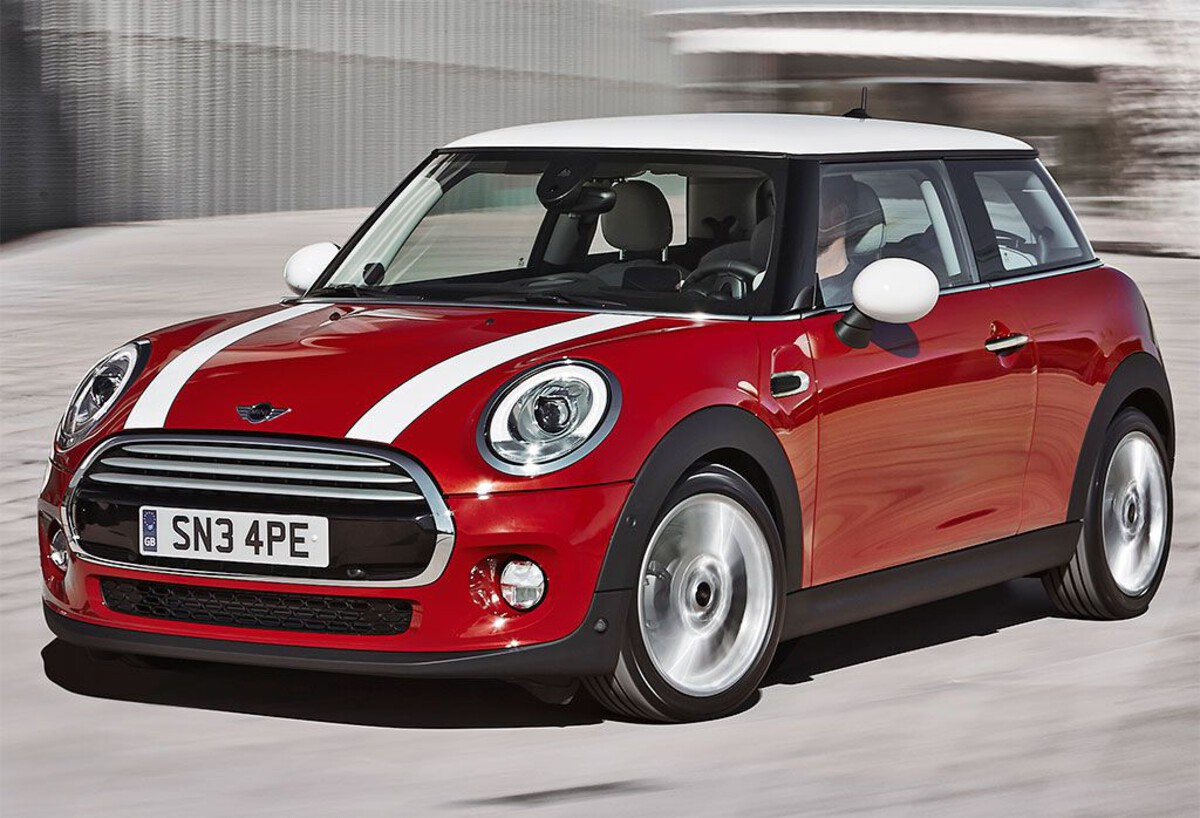In the world of cars and trucks, there’s a fine line between a dependable moneymaker and a financial black hole.
Some vehicles are known to rack up hundreds of thousands of miles, hauling, commuting, or just keeping businesses and families moving—often with minimal complaints and manageable costs.
These are the true workhorses: machines that pay for themselves many times over by simply refusing to quit. On the flip side, there are vehicles that look great on the lot or promise luxury and tech—but once you’re a few years in, they start bleeding your bank account dry through constant repairs, high depreciation, or mechanical issues that appear way too early.
Whether you’re a small business owner, a rideshare driver, or just a savvy car buyer looking to stretch your investment, knowing which vehicles offer true long-term value is crucial.
That’s why we’re highlighting five workhorses that keep earning and contrasting them with five money pits that drain your wallet.
These vehicles represent opposite ends of the ownership experience, and understanding the differences could save you thousands in the long run.
From heavy-duty pickups to overlooked sedans, we’ve analyzed real-world data, owner reports, and reliability trends to bring you the clearest picture possible.
Also Read: 5 Cars Rated Best for First-Time Buyers and 5 Giving New Drivers Fits
5 Workhorses That Keep Earning
Some vehicles are more than just transportation—they’re partners in productivity. Whether it’s making deliveries, transporting crews, racking up rideshare hours, or just commuting long distances, these workhorses show their value by how long and reliably they serve.
What makes them stand out isn’t flashy design or bleeding-edge tech; it’s durability, low operating costs, and the ability to keep moving without draining your savings.
These vehicles are what you want when your livelihood depends on staying on the road and minimizing downtime.
So what exactly qualifies a vehicle as a “workhorse”? First, it has to be mechanically robust—capable of high mileage without major breakdowns. Second, parts and service must be widely available and affordable.
Third, fuel efficiency or range needs to be reasonable, especially for those using the vehicle daily. Finally, resale value and long-term reliability ratings play a major role, because a true workhorse isn’t just cheap to own—it’s also trusted by drivers year after year.
This list includes both pickups and sedans, gas and hybrid models, and even a van—because productivity comes in many forms.
These aren’t necessarily the newest or most tech-savvy vehicles on the road, but they’ve earned reputations for longevity and dependability through years of service.
Whether you’re looking to buy used or new, the following five vehicles have consistently proven their worth in fleets, family garages, and business operations across the country. We’re writing about them to spotlight vehicles that don’t just survive the daily grind—they thrive in it.
Let’s take a closer look at five workhorses that keep earning, starting with a well-known diesel titan that seems to never stop running.
1. Ford Super Duty (F-250 / F-350 Diesel)
When it comes to getting real work done, few vehicles match the staying power and earning potential of the Ford Super Duty lineup, especially the F-250 and F-350 models equipped with the Power Stroke diesel engine.
These trucks were built with one purpose in mind: to haul, tow, and outlast everything else in their weight class.
Whether you’re pulling construction equipment, towing trailers cross-country, or just need a truck that won’t flinch under pressure, the Super Duty is the go-to machine for serious operators.
What makes the Super Duty such a reliable moneymaker? First, it starts with the engine. The 6.7L Power Stroke V8 turbo diesel has become one of the most respected workhorse engines on the market, often surpassing 400,000 miles with routine maintenance.
High torque ratings—up to 1,200 lb-ft in newer models—make towing up to 37,000 pounds possible with a gooseneck setup, turning this truck into a mobile tool that can handle nearly any job site or transport task.
But longevity isn’t just about the engine. Ford’s Super Duty trucks are engineered with heavy-duty transmissions (like the TorqShift 10-speed), rugged frames, and a host of commercial-focused upfits that make them a favorite among fleet buyers.
These trucks are designed to be worked hard, and when maintained properly, they can do so for well over a decade. Oil changes, fuel filters, and proper care are your tickets to seeing half a million miles on the odometer.
On top of that, depreciation is moderate for diesels, especially when you consider the truck’s capability. A used Super Duty, particularly a diesel variant, retains solid resale value even with six figures on the clock.
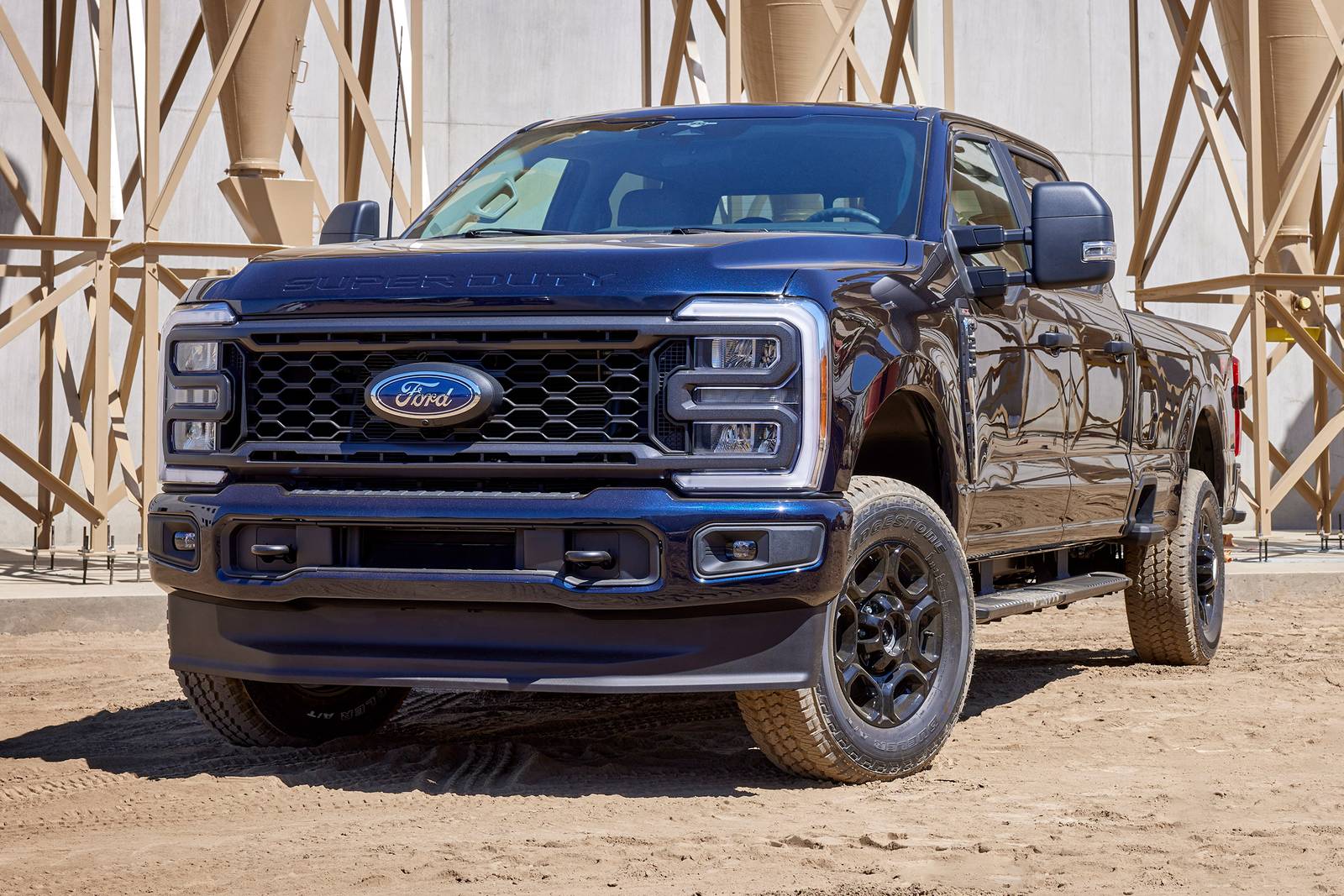
Parts availability is excellent nationwide, and with Ford’s extensive dealer network, getting service—even in remote areas—isn’t an issue.
We’re spotlighting the Super Duty not just because it lasts, but because it pays back in productivity.
From hotshot freight haulers to rural contractors, thousands of professionals trust this platform day in and day out.
If you need a vehicle that earns more than it costs, the Ford Super Duty diesel deserves a top spot on your shortlist.
2. Toyota Prius
The Toyota Prius might not look like a rugged moneymaker, but don’t let the quiet hybrid exterior fool you—this compact hatchback is one of the most financially efficient vehicles ever produced.
Whether you’re a rideshare driver, delivery worker, commuter, or just someone who wants rock-bottom operating costs, the Prius delivers unmatched longevity, reliability, and fuel savings. It doesn’t just last—it thrives under pressure.
The Prius earns its workhorse status in multiple ways. First and foremost is its legendary reliability. Toyota’s hybrid technology, first introduced with the Prius in 1997, has been refined over decades into one of the most bulletproof drivetrains in the industry.
It’s not uncommon to see Priuses with over 300,000 miles still operating with their original engine and hybrid battery. And even when repairs are needed, the hybrid components have become increasingly affordable and widely available.
Then there’s fuel economy. The Prius consistently returns 50+ mpg, even in city driving. That’s not just a benefit—it’s a game-changer for anyone putting serious miles on their vehicle.
Rideshare drivers in particular love the Prius because it maximizes take-home pay by minimizing fill-ups. Over the lifespan of the vehicle, the fuel savings alone can amount to thousands of dollars compared to a standard gas car.
Maintenance is similarly light. Brake pads last longer due to regenerative braking, oil change intervals are generous, and Toyota’s reputation for affordable parts makes routine care simple.
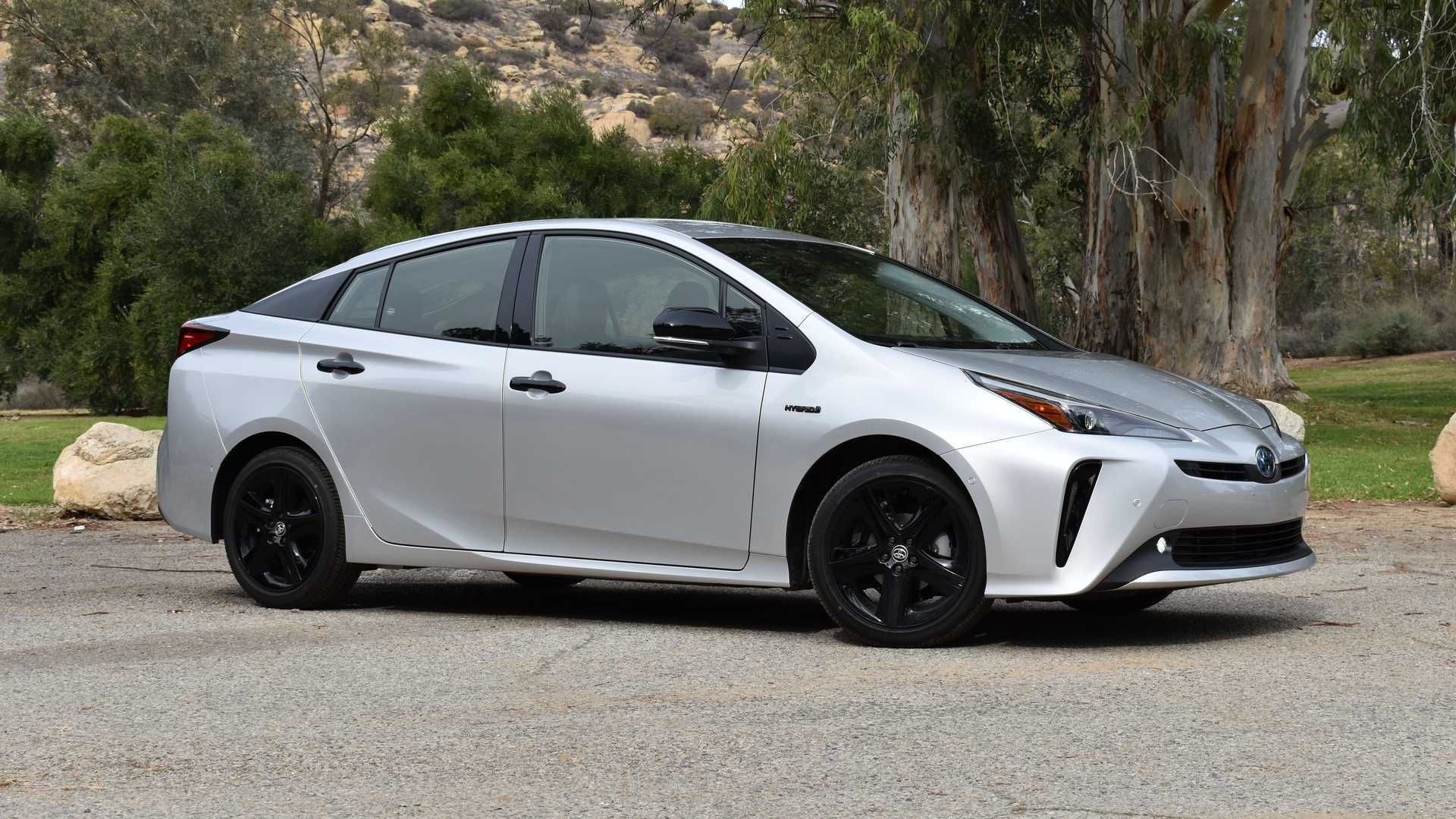
The Prius also holds its value exceptionally well in the used market, especially models from the third and fourth generations (2010–2022), which are prized for both efficiency and durability.
What we’re writing about here is a vehicle that’s proven its worth not in brute strength but in consistency and cost control. The Prius is the car that keeps showing up, year after year, mile after mile, with no fuss and minimal costs.
If you’re in a business that demands high mileage or you simply want a personal car that can last longer than the average lease, the Prius isn’t just a smart choice—it’s the standard by which all affordable workhorses are measured.
3. Honda Odyssey
You might not think of a minivan as a “workhorse,” but the Honda Odyssey has quietly built a reputation as a vehicle that goes the distance—and keeps families, delivery businesses, and even rideshare drivers earning along the way.
With a rock-solid powertrain, clever interior packaging, and impressive longevity, the Odyssey proves that productivity doesn’t always come with a truck bed or diesel badge.
At the heart of its appeal is the 3.5L V6 engine, a staple of Honda’s lineup for decades. Known for its smooth delivery and high-mileage reliability, this engine routinely pushes well past 250,000–300,000 miles with basic maintenance.
Pair that with Honda’s sturdy automatic transmissions (particularly in the 2014 and newer models), and you’ve got a powertrain that simply doesn’t quit when properly serviced.
But it’s not just about what’s under the hood. The Odyssey is one of the most practical and versatile cargo movers available. With rear seats that fold flat into the floor and removable middle rows, it can transform from a people-hauler to a cargo van in minutes.
That flexibility has made it popular with mobile businesses, florists, pet transport services, and families that do it all. It’s also a favorite among long-distance Uber and Lyft drivers thanks to its comfort, space, and fuel efficiency (averaging around 28 mpg highway).
Maintenance costs are lower than many SUVs, and parts availability is excellent due to Honda’s widespread presence.
Recurring issues are minimal when regular service is kept up, and later models have addressed earlier transmission concerns seen in early-2000s versions.
The van’s sliding doors, often a concern in competitors, are known for their longevity when cleaned and lubricated as needed.
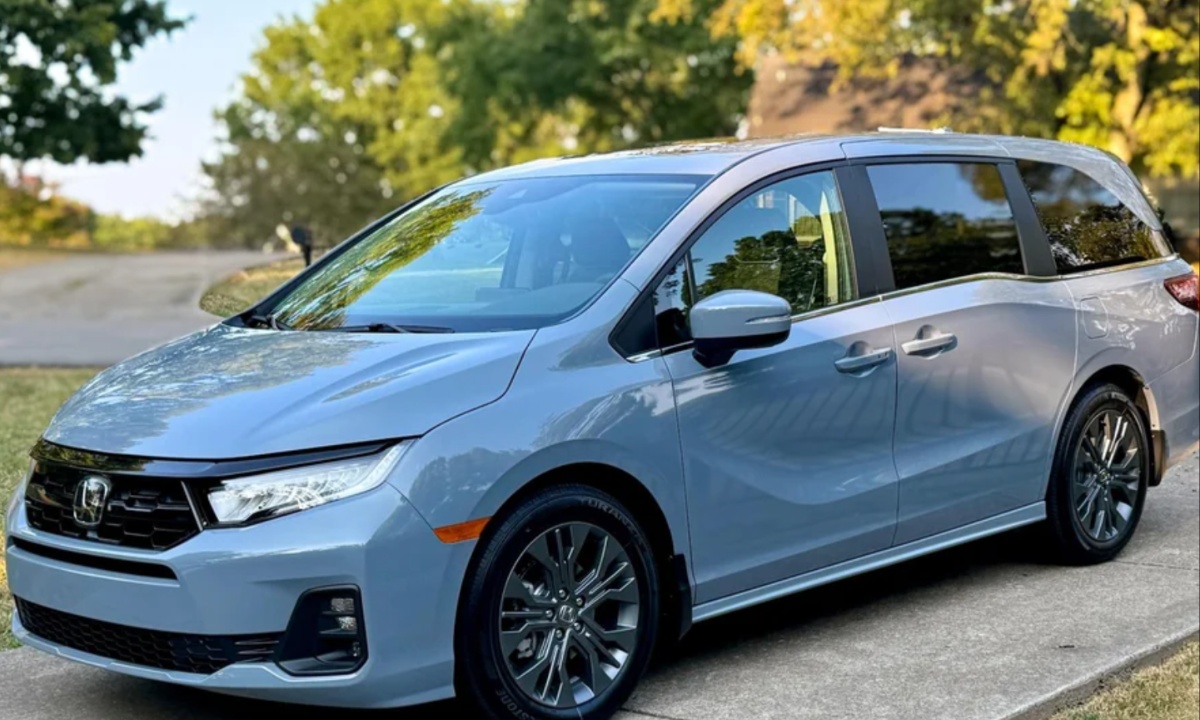
So why are we highlighting the Odyssey? Because it quietly outperforms expectations, offering years of utility without breaking the bank.
In a world of flashy crossovers and overly complex tech, the Odyssey remains refreshingly straightforward. It’s not trying to impress with gimmicks—it just works. And keeps working.
For anyone needing serious space, reliable transportation, and a vehicle that keeps earning its keep over the long haul, the Honda Odyssey is a minivan with the heart of a workhorse.
4. Chevrolet Express 2500 / 3500
The Chevrolet Express 2500 and 3500 may not be glamorous, but they are unquestionably among the most durable and revenue-generating vehicles on the road.
This full-size van has barely changed in decades—and that’s exactly why business owners love it. While competitors have embraced futuristic designs and overly complex tech, the Express stays true to its mission: carry cargo, haul crews, and never stop working.
With engine options ranging from the proven 4.3L V6 to the legendary 6.6L V8, and even a diesel option available in recent models, the Express is built for punishment.
These powerplants are simple, rugged, and known for hitting 300,000+ miles with regular oil changes and cooling system upkeep.
The 6-speed and 8-speed transmissions used in recent models are similarly tough and easy to service, especially compared to more modern dual-clutch or CVT systems.
Where the Express truly shines is in its utility and versatility. Whether outfitted as a cargo hauler, a mobile workshop, a shuttle van, or a delivery rig, it provides a massive blank canvas that companies have depended on for decades.
Its body-on-frame construction offers superior durability under heavy loads and punishing use, while the simple interior is built for function over fashion.
Maintenance costs are very manageable, thanks to the widespread availability of GM parts and the straightforward nature of its design.
There’s no guesswork here: fewer electronics, basic dashboards, and traditional drivetrains mean fewer headaches when things need fixing. As a result, it’s become a favorite for electricians, plumbers, HVAC techs, and delivery services.
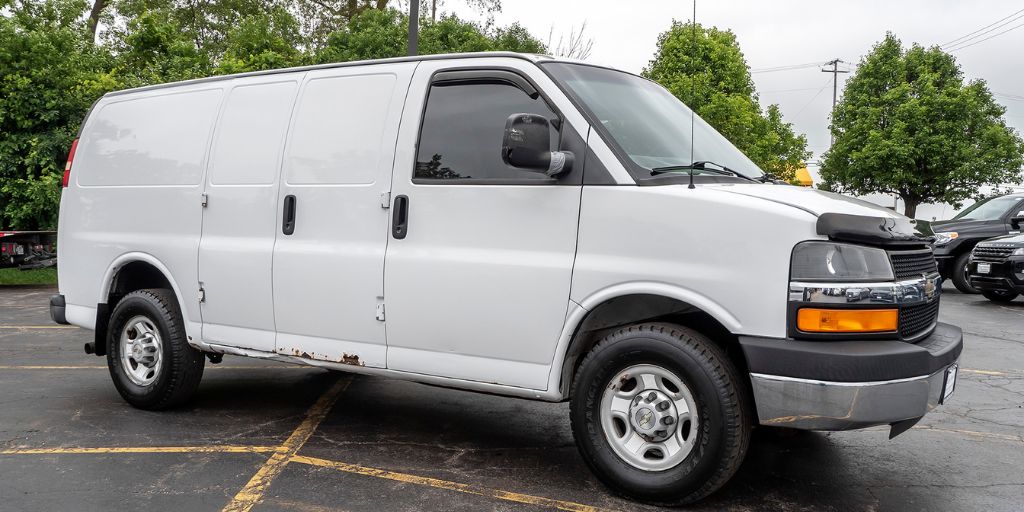
We’re writing about the Express because it represents the kind of value and toughness that doesn’t advertise itself—it proves itself.
In an industry increasingly dominated by complexity, the Express is a throwback in the best way possible: it works hard, costs little to run, and just won’t die.
You won’t find viral videos or trendy influencer reviews about it—but you will find hundreds of thousands of them still running strong across North America.
If your business depends on a vehicle that stays on the road and off the lift, the Chevy Express is a proven partner in profit.
5. Toyota Tacoma
The Toyota Tacoma has built a cult-like following, not just among off-roaders and adventurers, but also among tradespeople, contractors, and anyone who needs a dependable truck that simply refuses to quit.
This mid-size pickup combines long-term reliability, low operating costs, and strong resale value into a package that earns its keep long after other trucks have been traded in.
The heart of the Tacoma’s workhorse status lies in its bulletproof powertrains. Whether you’re talking about the old-school 2.7L inline-4 or the long-running 3.5L V6, these engines are engineered for durability, often crossing the 300,000-mile mark with only routine maintenance.
Paired with Toyota’s sturdy automatic or 6-speed manual transmissions, these drivetrains are known for shrugging off abuse—from city commutes to rough construction sites and everything in between.
One major advantage the Tacoma holds is its rugged build quality. The frame is tough, the suspension is designed to take a beating, and the interior, while not luxurious, is made to endure years of hard use.
In fact, many fleet managers prefer Tacomas because they can be pushed hard and still maintain consistent performance.
It’s no surprise that in regions like the Pacific Northwest or desert Southwest, old Tacomas with high miles still command strong prices.
But the Tacoma isn’t just reliable—it’s economical to run. Fuel economy is decent for a truck of its size (especially with the 4-cylinder), and parts are abundant and affordable.

Plus, Toyota’s dealer network ensures that service and repairs are rarely a hassle, even in rural areas.
We’re including the Tacoma here because it’s a vehicle that hits a sweet spot: not too big, not too small, extremely dependable, and capable enough to handle real work.
Whether you’re hauling tools, materials, or just using it as a mobile office, the Tacoma has proven over decades that it’s not just tough—it’s one of the smartest long-term investments in the truck world.
For anyone needing a mid-size pickup that pulls its weight—and then some—the Toyota Tacoma is the kind of vehicle that keeps giving back long after the loan is paid off.
5 That Drain Your Wallet
While some vehicles go the distance and earn their keep mile after mile, others end up doing the exact opposite—costing more in repairs, downtime, and depreciation than most owners ever anticipated.
These are the cars, trucks, and SUVs that look good on paper or may even impress in the showroom, but once the odometer starts climbing, so do the bills.
Often plagued by reliability issues, premature part failures, and poor resale value, these models become financial burdens that owners can’t wait to get rid of—but usually after it’s too late.
Why do some vehicles drain your wallet so aggressively? There are a few common culprits. First, poor engineering or rushed development cycles can lead to frequent and costly mechanical problems.
Second, vehicles with complex technology or under-tested features often come with expensive repairs once they age, especially outside warranty. Third, some brands carry weak resale value, meaning the car loses money fast and can’t recover it even when sold early.
We’re writing about these five vehicles to caution buyers who want their money to work for them, not against them.
These aren’t just cars with minor quirks—they’re models that have earned reputations for letting their owners down both in maintenance shops and in long-term cost-of-ownership analyses.
Whether through poor reliability ratings, high parts costs, or serious mechanical issues at surprisingly low mileage, these vehicles often become a continuous drain on your finances.
So while the workhorses we covered earlier represent smart financial decisions, the next five are examples of what to avoid if you’re trying to protect your budget.
Let’s take a close look at the vehicles that have consistently cost their owners more than they bargained for—starting with a flashy European crossover that often turns into a repair-shop regular.
1. Land Rover Discovery Sport
The Land Rover Discovery Sport is a stylish, compact luxury SUV that promises upscale comfort and off-road capability. But once the honeymoon phase is over, many owners find themselves stuck in a cycle of unexpected repairs and shockingly high service bills.
While the badge screams prestige, the long-term ownership experience often turns into a financial trap, especially once the warranty expires.
On the surface, the Discovery Sport has appeal: handsome design, a high-quality interior, and all-wheel-drive capability that genuinely handles light trails. But beneath that glossy finish lies a troubling mechanical history.
Reliability ratings from sources like J.D. Power and Consumer Reports consistently place the Discovery Sport below average, citing engine trouble, transmission glitches, electronic faults, and chronic drivetrain issues.
One of the biggest complaints? Turbocharged engine failures, sometimes occurring well under 80,000 miles. Cooling system problems and oil leaks are also common and expensive to address.
On top of that, the 9-speed automatic transmission used in many models has been criticized for being rough, unresponsive, and prone to failure.
Once these components go, owners can expect repair costs in the $3,000 to $7,000 range—a shocking sum for a vehicle that depreciates faster than many competitors.
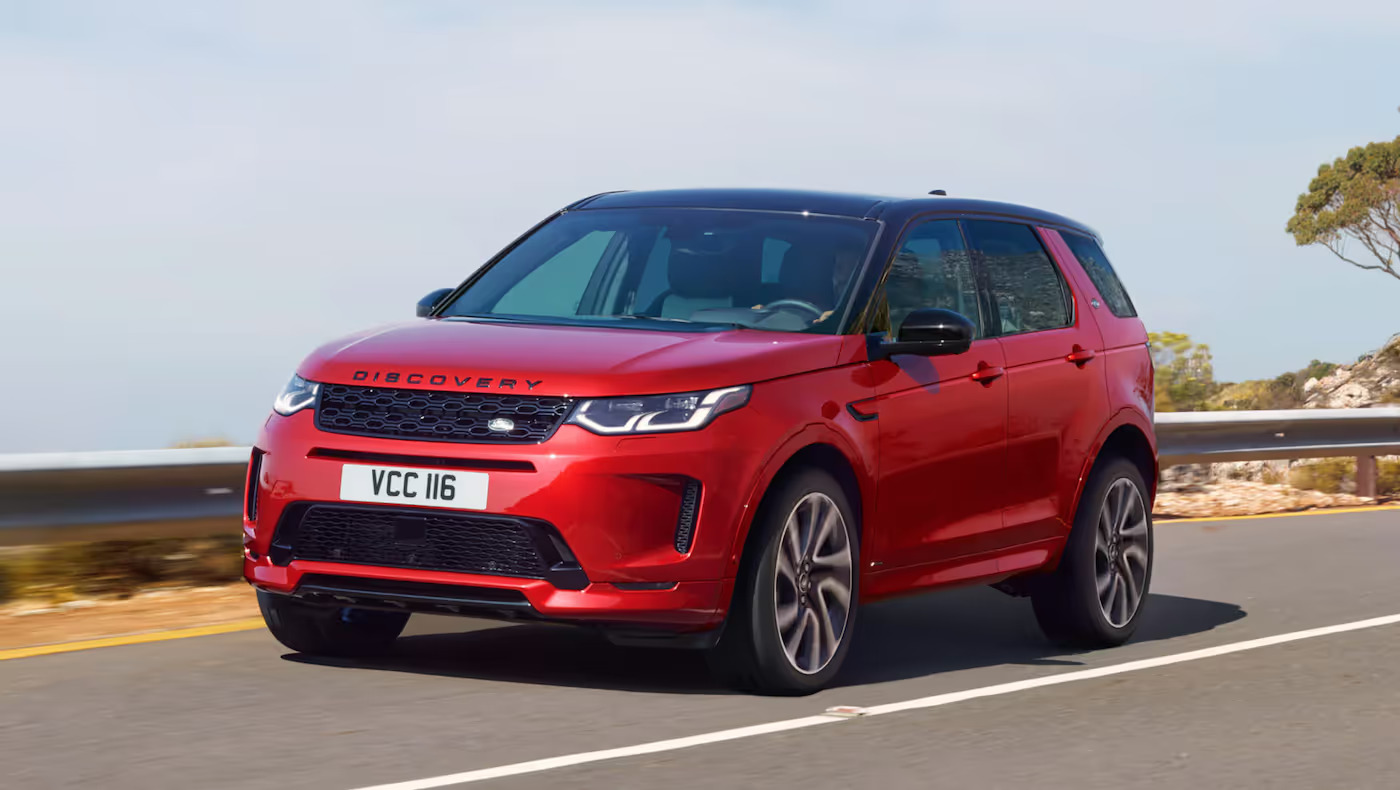
And that’s the other killer: resale value. The Discovery Sport loses its worth rapidly, making it a poor choice even for buyers who intend to trade it in after just a few years.
Combine that with high parts and labor costs—especially for European-specific components—and you’ve got a financial sinkhole that few first-time buyers see coming.
We’re including the Discovery Sport on this list because it represents a classic case of style over substance. It lures in buyers with luxury touches and brand recognition, only to punish them with poor durability and wallet-draining maintenance.
If you’re looking for a luxury SUV that won’t destroy your budget, there are far better options. But if you buy the Discovery Sport expecting long-term value, prepare to be disappointed—and possibly stranded at the repair shop.
2. BMW 5 Series (2011–2016, F10 Generation)
The BMW 5 Series, particularly the 2011–2016 F10 generation, is a textbook case of a vehicle that dazzles at first but eventually punishes owners with high running costs and questionable long-term reliability.
It’s easy to fall for the 5 Series—it delivers classic BMW handling, a refined cabin, and a reputation for executive-class luxury. But once you’re out of the CPO warranty, it quickly shifts from “ultimate driving machine” to ultimate money pit.
The issues start with the engines. The N20 4-cylinder turbo (528i) and N55 inline-6 turbo (535i) both suffer from timing chain problems, oil leaks, water pump failures, and valve cover gasket issues—all of which tend to surface between 70,000 to 100,000 miles.
Repairs are not cheap: a single engine oil leak can cost $1,500–$2,000, and if the timing chain goes, expect a repair bill that can exceed $4,000. Some unlucky owners even experience total engine failure from these flaws.
Then there’s the electronics. From iDrive glitches to malfunctioning sensors, the F10 is packed with tech that was advanced for its time but becomes fragile with age.
Replacing modules or reprogramming electronic systems often requires dealership visits, adding thousands to lifetime ownership costs. The air suspension on certain trims is another red flag—luxurious when it works, prohibitively expensive when it fails.
Compounding all of this is plummeting resale value. The 5 Series depreciates quickly—especially if it’s out of warranty or has warning lights.

Many buyers pick these up used, thinking they scored a deal, only to be buried in maintenance costs. Unlike some Japanese or domestic rivals, this BMW is not a good candidate for high-mileage ownership without a repair fund on standby.
We’re writing about the F10 5 Series because it represents a cautionary tale: performance and prestige are only worth it if they come with durability.
In the case of this BMW, the numbers tell a clear story—what you save upfront will be lost at the shop. If you’re thinking long-term, this is one luxury ride best admired from afar.
3. Jeep Cherokee (2014–2019)
The Jeep Cherokee from 2014 to 2019, especially models equipped with the 9-speed automatic transmission, has become notorious for mechanical issues that make it one of the most financially frustrating vehicles in its class.
While it promises off-road capability and rugged good looks, the reality for many owners has been far from adventurous—it’s been a trail of recurring repairs and dealership visits.
At the heart of its problems is the ZF 9-speed transmission, which was widely panned for rough shifting, hesitation, hard downshifts, and outright failure.
Many owners reported problems as early as 30,000 to 50,000 miles, with software updates sometimes masking deeper mechanical flaws.
When it fails outright, the cost of repair or replacement can soar past $4,000, and extended warranty coverage doesn’t always cover the full repair scope.
But the issues don’t stop at the gearbox. The Cherokee’s 2.4L Tigershark engine is known for excessive oil consumption, often requiring engine rebuilds or replacements if owners don’t keep a vigilant eye on levels.
Ignoring this problem can lead to full engine failure—an expensive event that usually strikes long before six figures show up on the odometer.
Electrical gremlins are another headache, with common complaints involving faulty power accessories, dashboard warning lights, infotainment system bugs, and even random stalling. These aren’t minor irritants—they can significantly affect day-to-day usability and require multiple shop visits to resolve.
We’re calling out the Cherokee here not because it’s unpopular—on the contrary, it sold well—but because it’s a classic example of unfulfilled potential.
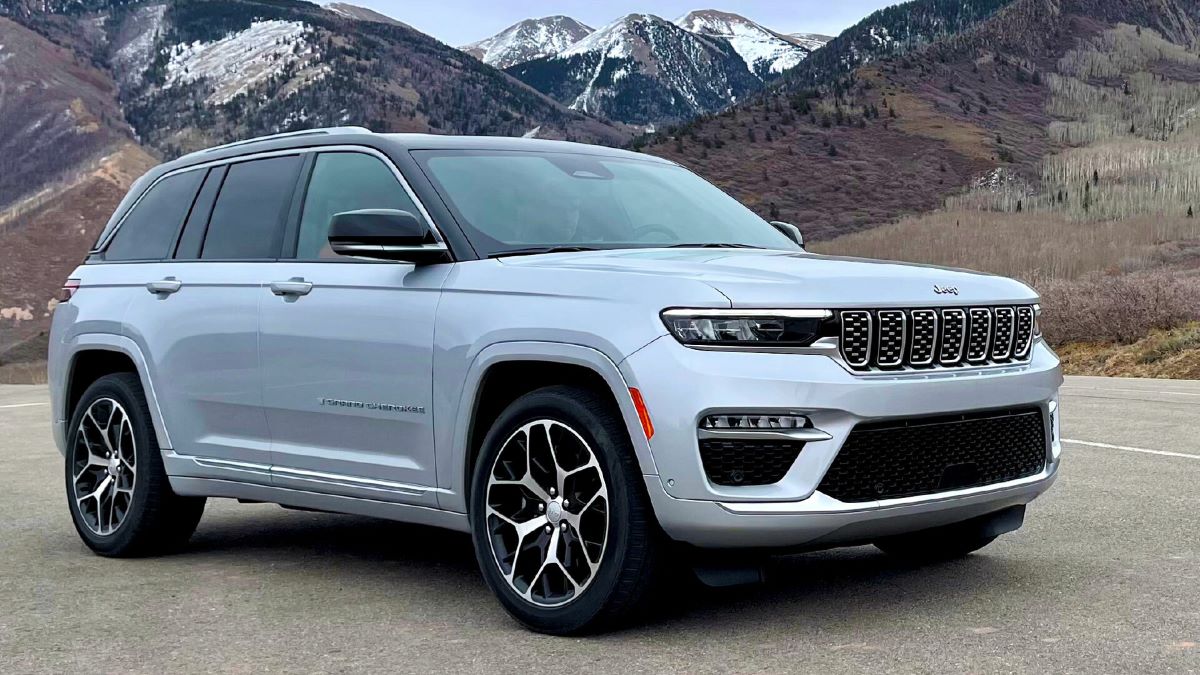
Jeep aimed to modernize the Cherokee nameplate with high-tech features and trail capability, but reliability and durability fell far behind.
For those attracted by its badge and off-road marketing, the Cherokee often becomes an expensive disappointment, especially once the warranty runs out.
Jeep has improved reliability in some newer models, but the 2014–2019 generation remains a financial sinkhole.
We’re including it on this list to warn budget-conscious buyers that not all rugged-looking vehicles are built to endure. In the long run, the Cherokee may get you up a mountain trail—but it’s just as likely to take your wallet with it.
4. Mini Cooper (Turbocharged Models, 2011–2016)
The Mini Cooper, particularly turbocharged models from 2011 to 2016, is one of those vehicles that turns heads and wins hearts—until it turns on your wallet.
With its sporty design, quirky interior, and go-kart-like handling, the Mini appears to offer European flair at an affordable price.
But what many owners discover after the odometer creeps past 50,000 miles is a pattern of persistent, high-cost problems that make long-term ownership a financial nightmare.
First, the mechanical flaws. The N18 turbocharged engine found in Cooper S and JCW models has a reputation for timing chain tensioner failures, a known issue that can lead to catastrophic engine damage if not addressed in time.
Repairs often run between $1,500 and $3,000, depending on labor costs and parts availability. Add to that carbon buildup on valves, oil leaks, and cooling system failures, and you’ve got a recipe for frequent, expensive shop visits.
The problems extend beyond the engine. Mini’s automatic transmissions in this era are also prone to failure, with some owners experiencing hard shifts, slipping gears, or total failure before 100,000 miles.
Replacement transmissions can cost over $5,000, often exceeding the car’s resale value. And speaking of resale—the Mini depreciates quickly. Once out of warranty, its value plummets, and buyers become wary of the model’s reliability record.
Electronics aren’t spared either. Issues with the infotainment system, climate controls, and electric power steering are common.
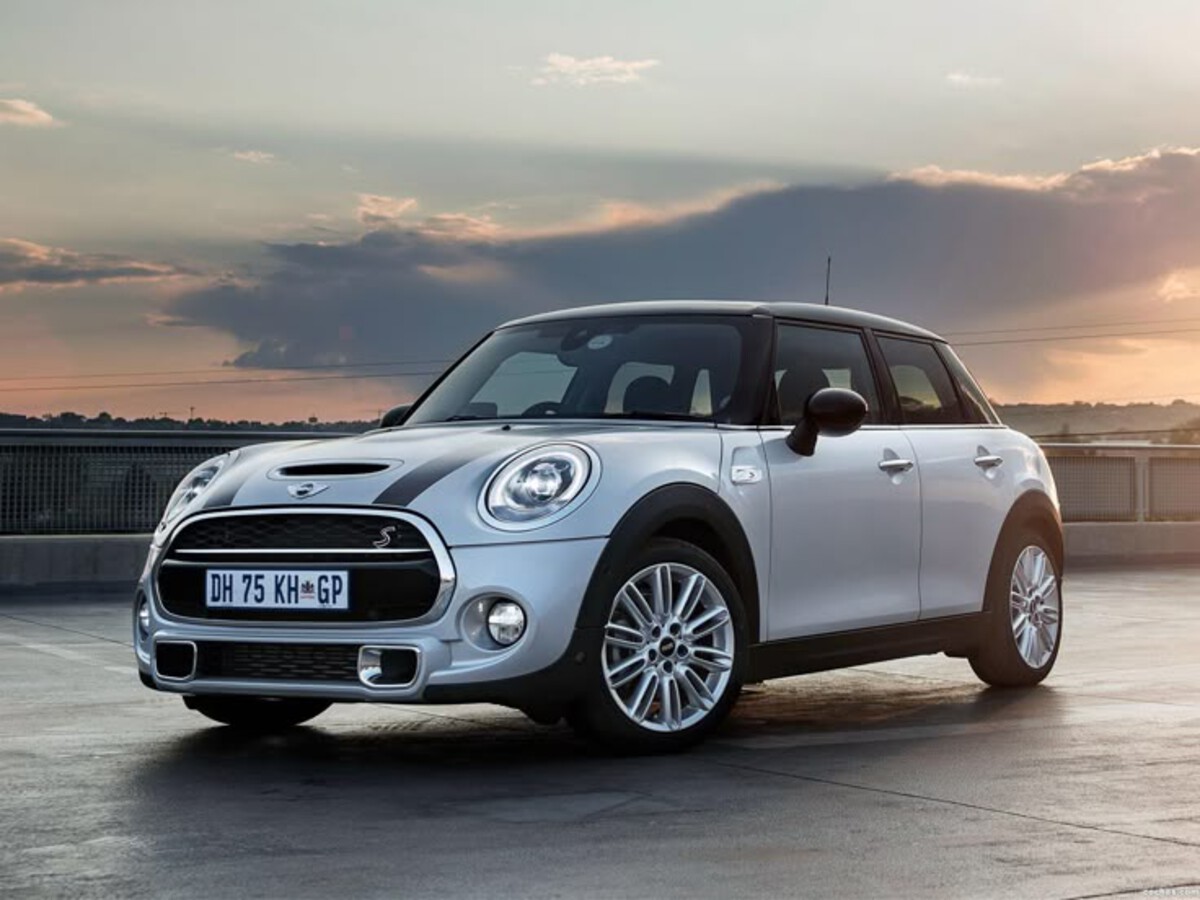
These failures may seem minor compared to engine or transmission problems, but they add up quickly and contribute to the Mini’s status as a high-maintenance vehicle disguised as an affordable sports hatch.
We’re including the Mini Cooper because it serves as a cautionary tale: a fun car that turns costly fast.
Its charm is real—but so is the frustration of constant repairs, high European parts pricing, and the limited number of specialists who can properly service it. Many buyers fall for its image only to learn that even minor issues can mean major bills.
Unless you’re willing to baby the car, maintain a repair fund, and have access to a specialized mechanic, the Mini is a vehicle that will cost far more than it ever appears to on the surface.
5. Dodge Journey (2009–2020)
On paper, the Dodge Journey looks like a smart, budget-friendly choice for families. It offers three-row seating, SUV styling, and a price tag that undercuts the competition.
But dig just below the surface—or worse, drive one past 60,000 miles—and it becomes clear that the Journey isn’t a thrifty find; it’s one of the worst long-term value traps of the past decade.
Let’s start with the powertrain. Most models are saddled with an underpowered 2.4L inline-4 mated to a 4-speed automatic transmission—a combination that feels outdated even by 2010 standards.
This setup doesn’t just deliver sluggish performance; it also struggles with longevity. Transmission failures, harsh shifting, and coolant leaks are common complaints, often showing up by 80,000 miles or sooner.
The available 3.6L V6 offers more power but brings its own reliability concerns, including oil consumption and electrical problems.
Add in a suspension that wears out quickly and poor-quality interior materials that age badly, and you’re left with a crossover that looks old and feels tired far too early in its life cycle.
And then there’s the lack of modern safety tech and features. Even into the 2019 and 2020 models, Dodge stuck with dated infotainment systems and skimped on standard driver aids like automatic emergency braking and lane departure warning.
For a vehicle marketed to families, this lack of investment in safety and technology feels borderline irresponsible.
Resale value? Nearly nonexistent. The Journey depreciates faster than most crossovers, often losing half its value within three years.
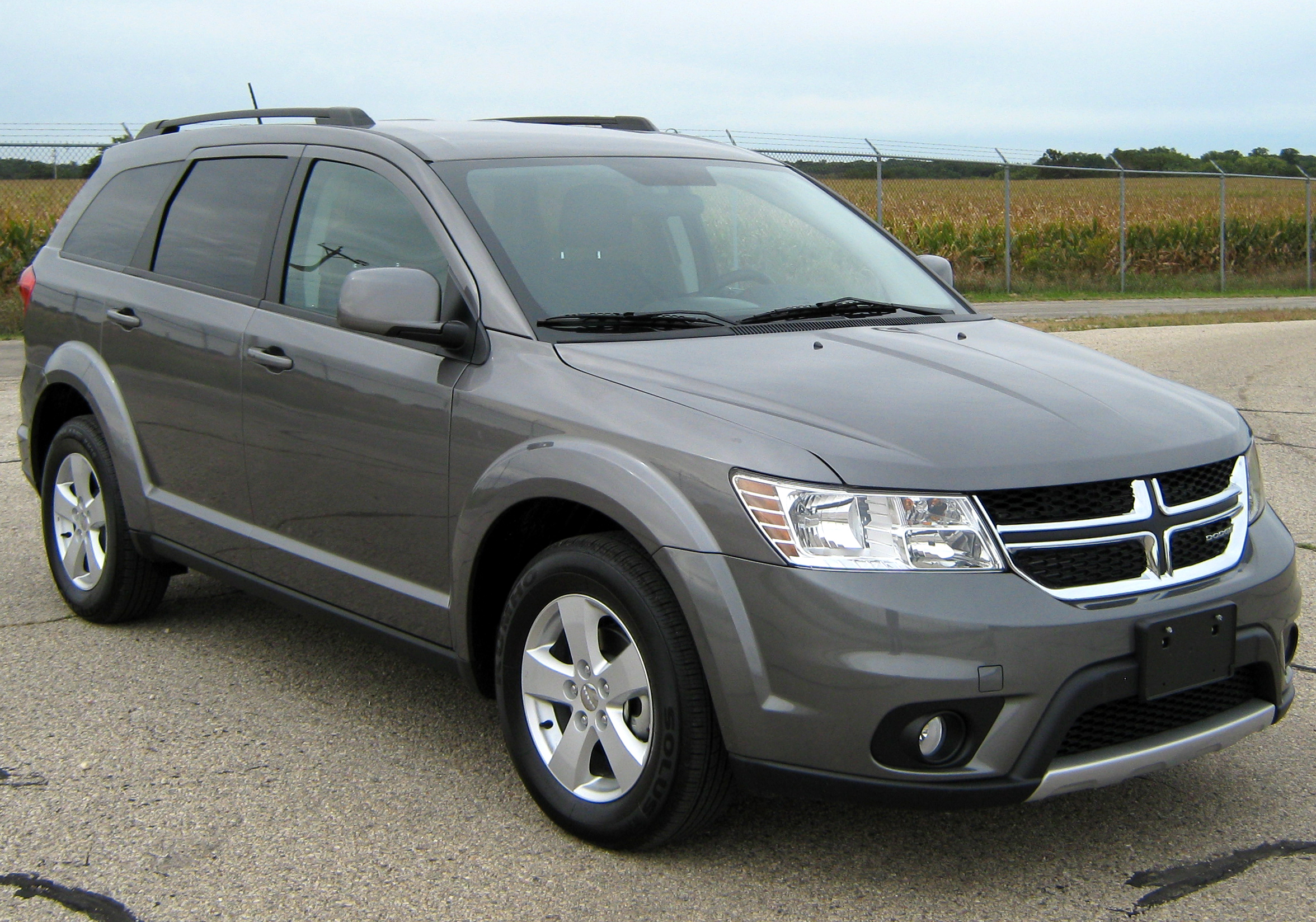
Buyers thinking they’re scoring a deal on a used model are frequently met with costly mechanical repairs and few modern comforts to show for it.
We’re highlighting the Journey because it perfectly represents how initial affordability can mask long-term expense. It’s not just unreliable—it’s also unrefined, inefficient, and outdated, making it a poor investment whether bought new or used.
Dodge finally ended production in 2020, quietly retiring it with little fanfare—a fitting end for a vehicle that never really delivered on its promise.
If you’re shopping for a dependable, value-driven family crossover, steer clear of the Journey. It may be cheap to buy, but over time, it costs far more than it gives back.
In the long run, few purchases affect your financial well-being quite like a vehicle. Pick the right one, and it becomes a reliable partner—hauling, commuting, delivering, or just making your life easier without draining your bank account.
Pick the wrong one, and you’re left with a constant stream of unexpected costs, shop visits, and regrets. That’s the reality we’ve explored here, comparing five workhorses that keep earning with five that silently sabotage your savings.
On the one hand, we looked at proven machines like the Ford Super Duty, Toyota Prius, Honda Odyssey, Chevy Express, and Toyota Tacoma. These vehicles, despite their different styles and uses, share a common DNA: reliability, serviceability, and cost-efficiency.
They don’t just last—they pay for themselves by reducing downtime and keeping operating costs in check. Whether you’re a business owner or a family driver, these are investments that continue to return value year after year.
In sharp contrast, vehicles like the Land Rover Discovery Sport, BMW 5 Series F10, Jeep Cherokee, Mini Cooper, and Dodge Journey serve as warnings.
These aren’t just flawed models—they’re examples of how poor engineering, fragile tech, and rushed design can lead to a cascade of expensive problems.
While they may look enticing at first glance, their long-term ownership stories are riddled with disappointment and frequent wallet punches.
The goal isn’t just to point fingers—it’s to empower you as a buyer. Before falling for luxury badges, stylish lines, or tempting discounts, it’s worth asking: “What will this car cost me in five years? Ten?” The answer can mean the difference between financial stability and months of unnecessary stress.
In today’s world, a vehicle can either be a smart asset or an expensive liability. Choose wisely—and your car will keep working for you, not against you.
Also Read: 5 Cars That Routinely Cross 400K Miles and 5 That Break at 100K

